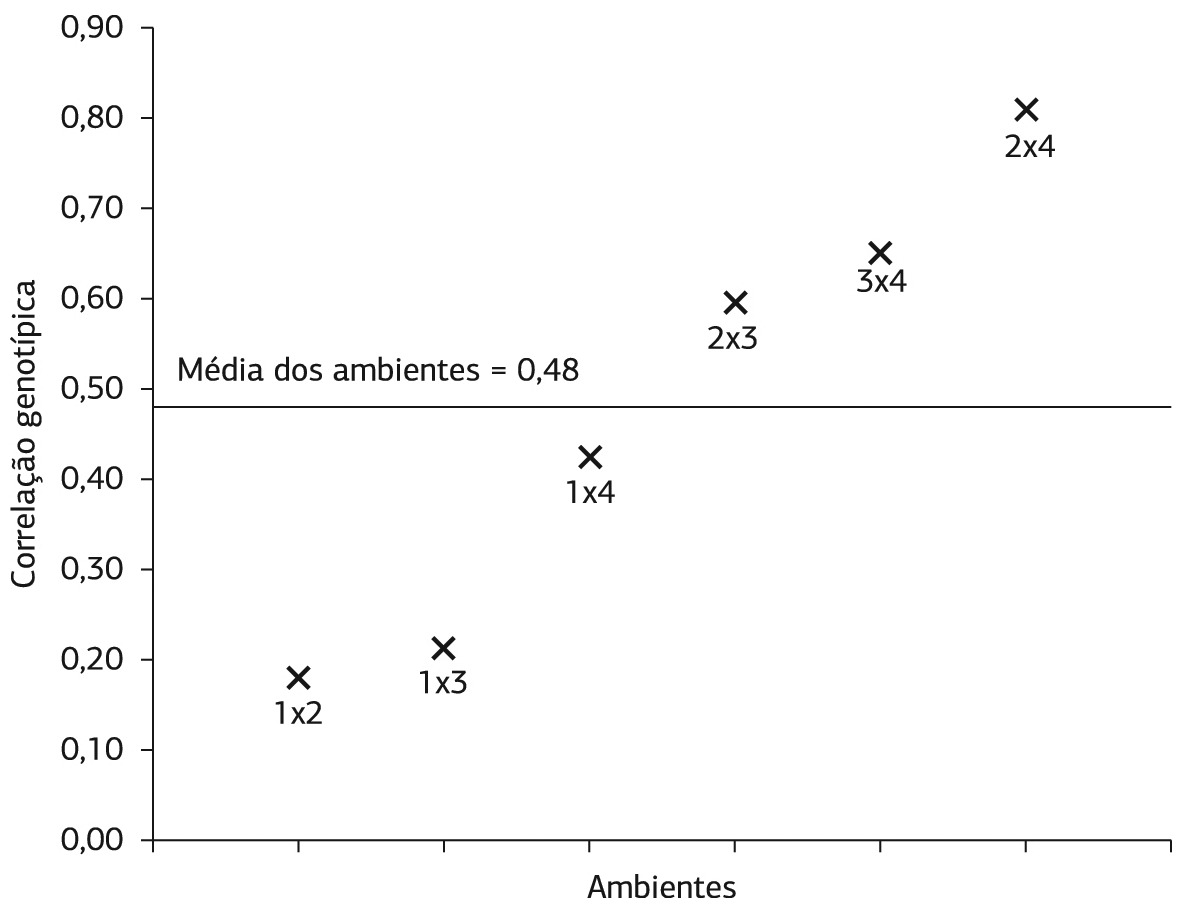The mixed model methodology (REML / BLUP) has been used to study the effects of genotype x environment interaction (G x E) in various crops, such as: rice, common bean, cane sugar, cashew and eucalyptus, but still was not applied in cowpea. The aim of this work was to select simultaneously semiprostrade cowpea genotypes grown in the state of Mato Grosso do Sul, via mixed models, bringing together high adaptability, stability and yield grain. It were conducted four growing amount of trials and use of genotypes of cowpea genotypes in 2005 and 2006 in Aquidauana, Chapadão do Sul and Dourados. The experimental design was a randomized complete blocks with four replications and 20 genotypes. The genetic parameters were estimated by REML/BLUP methodology and, the selection was based on the MHPRVG method (harmonic mean of the relative performance of genetic values) in three strategies: selection based on predicted breeding value, having considered the performance mean of genotypes in all environments (no interaction effect) or performance in each environment (with interaction effect); and simultaneous selection for grain yield, stability and adaptability. BRS Paraguaçu, MNC99-542F-5 and MNC99-508G-1 genotypes can be grown in various environments, as they bring together high grain yield, adaptability and stability. The heritability of the average of genotypes found indicates moderate to high, a fact which indicates excellent possibilities for selection, allowing selective accuracy of 82%.
BLUP/REML; genetic parameters; Vigna unguiculata L

 Thumbnail
Thumbnail
